As part of the program tuition we pay to attend the Notre Dame in Beijing program, we are funded to have lunch with our classmates and instructors at “Chinese Language Table” every Friday, as well as take weekend trips to places like the Great Wall of China, Beijing museums, and classic Beijing acrobatics shows. Our longest weekend trip happened halfway through our program when we had the opportunity to visit Xi’an – an extremely historic city west of Beijing – for three full days.
Xi’an is best known for having the Terracotta warriors, but this city really has a wealth of activities, history, and interesting people. Xi’an is widely considered one of the most historical cities in China as it served as the cultural, political, and economic center of China for thousands of years, with history dating back 5000 or 6000 years. Qin Shihuang, the emperor who unified China into one nation in 210 B.C., lived and built his empire in Xi’an, and many following dynasties also ruled from Xi’an. Additionally, Xi’an was the eastern-most point on the ancient Silk Road which connected regions across ancient Eurasia that was crucial for trade and the spread of culture and ideas. Here are just a few of the amazing things I got to experience on this trip:
The first night we arrived, we were treated to a lively demonstration of Xi’an’s thriving and lively nightlife. While walking through a downtown plaza near Big Goose Pagoda, a famous historic temple area, we were surrounded by huge crowds of people walking and enjoying the night, as well as several groups dancing. They each their own speakers and seemed to have several people who knew what they were doing; we excitedly joined in and tried to keep up with the various steps. Some of the groups were keeping fast Zumba-like paces, others seemed to be doing slower, more traditional moves, and one group was completely comprised of elderly dancers waving umbrellas and fans and moving in a coordinated maze-like dance. There were many locals and tourists alike wandering through the plaza, enjoying the dances, and soaking in the city’s atmosphere. Even late into the night, the city was bustling with traffic and energy!
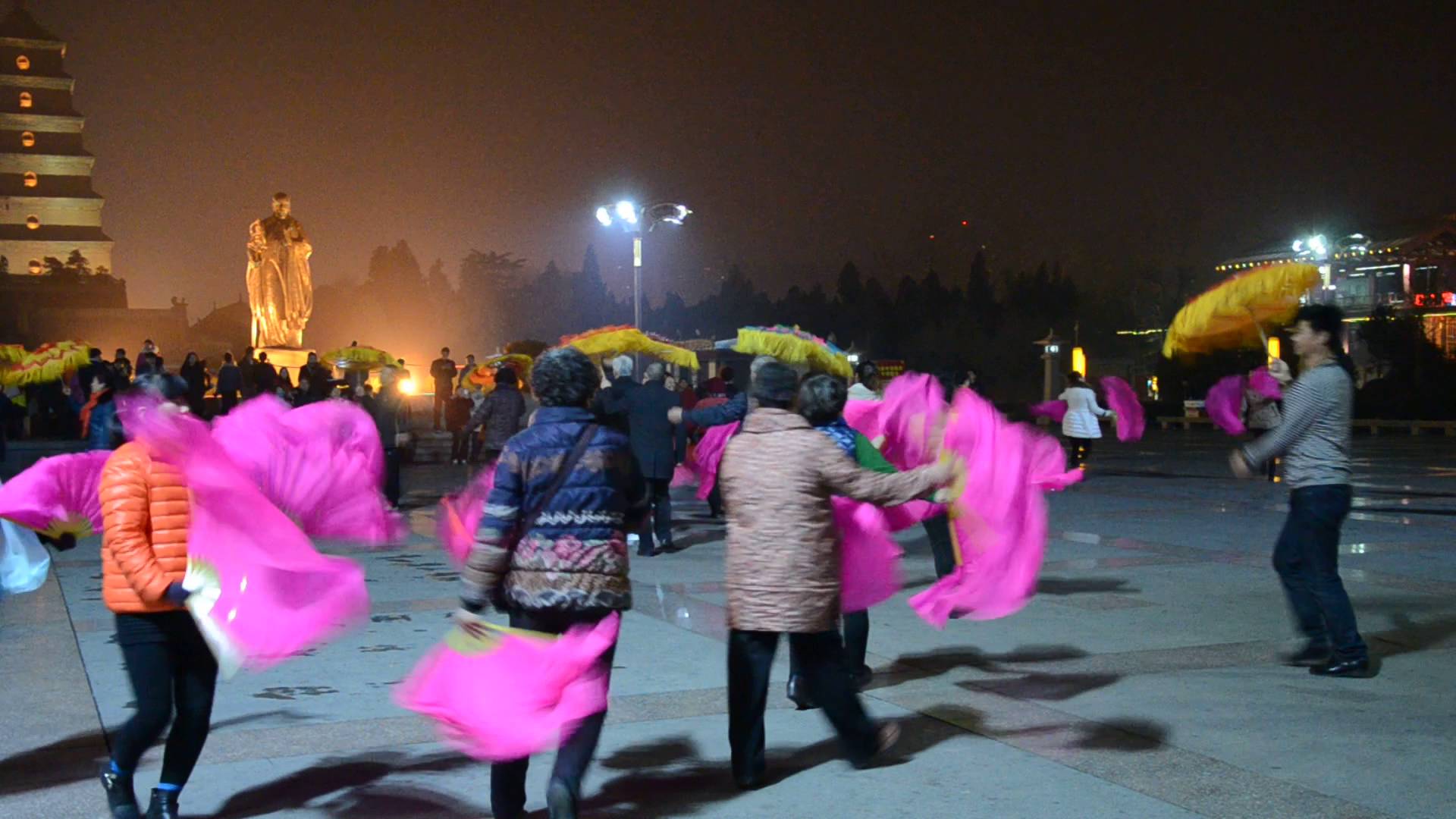
Of course, probably the most famous Xi’an attraction is the Terracotta warriors. These thousands of clay figures, each, incredibly, different in facial expression and clothing, were built to guard Qin Shihuang’s (China’s first emperor) tomb and accompany him to the afterlife. There are also horses, chariots, swords, arrow tips, and other weapons that have been excavated; while almost all of these figures and objects are dull gray today, patches of paint hint at once brightly colored clothes. Archaeologists estimate there to be 8,000 figures, but the total may never be known, and archaeologists are still in the process of unearthing the artifacts in four different “pit” areas. The sheer scale of the project – the number of warriors, the detail put into each clay figure, as well as the size of the sites in which they are buried – is extremely impressive, but perhaps the most interesting aspect of the whole thing to me was how long they went undiscovered. Emperor Qin died in 208 BC, but the figures were not discovered until the 1970s! Another fascinating aspect of this site is Emperor Qin’s actual mausoleum. It took archaeologists years to locate his burial site (it seems the terracotta warriors did an outstanding job of guarding their emperor), and it still has not been opened as archaeologists believe we do not have the proper tools and techniques to get in without damaging the tomb. Qin’s tomb is expected to contain ever greater riches and more impressive figures and carvings. This site is a testament to the power and grandeur of ancient Chinese emperors, as well as the intelligence and creativity of humans to have created and hid such a stunning project for so many years.
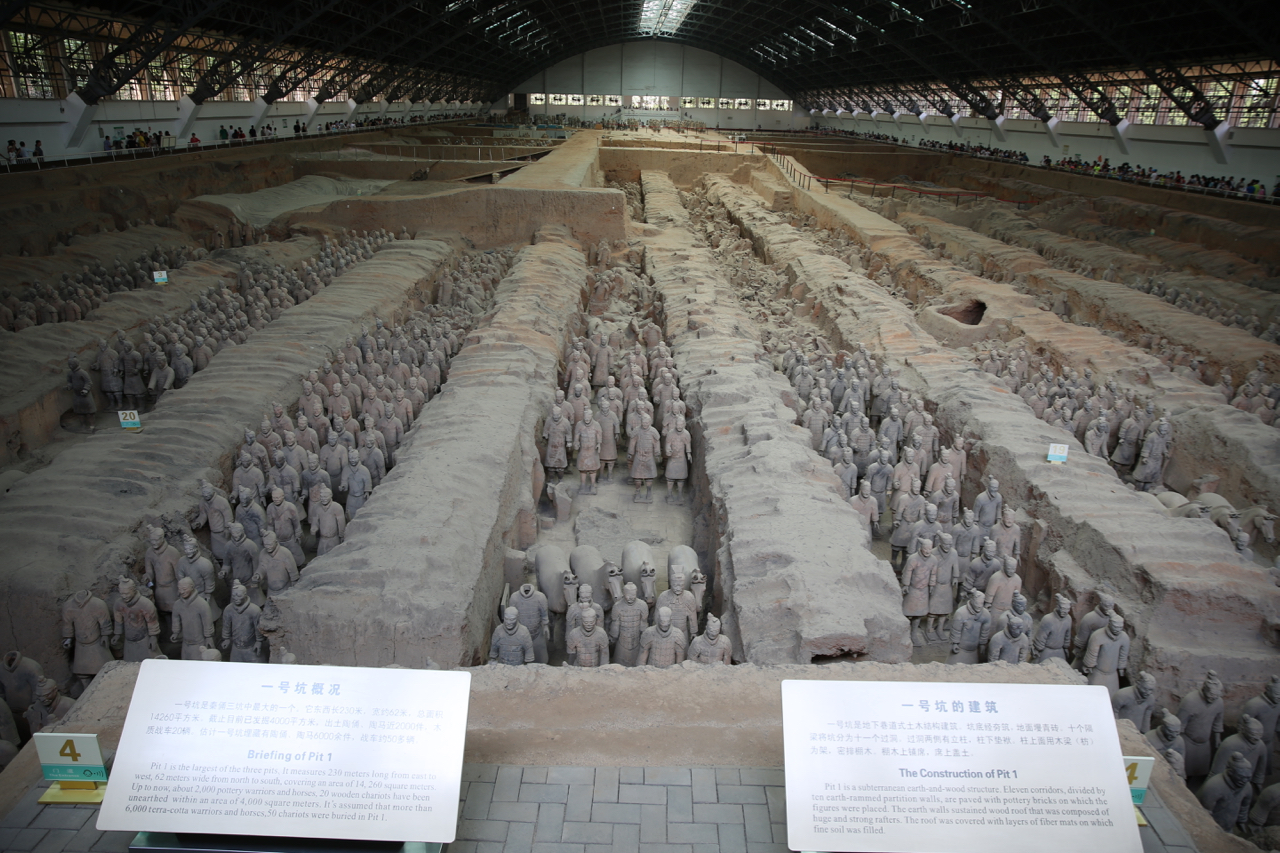
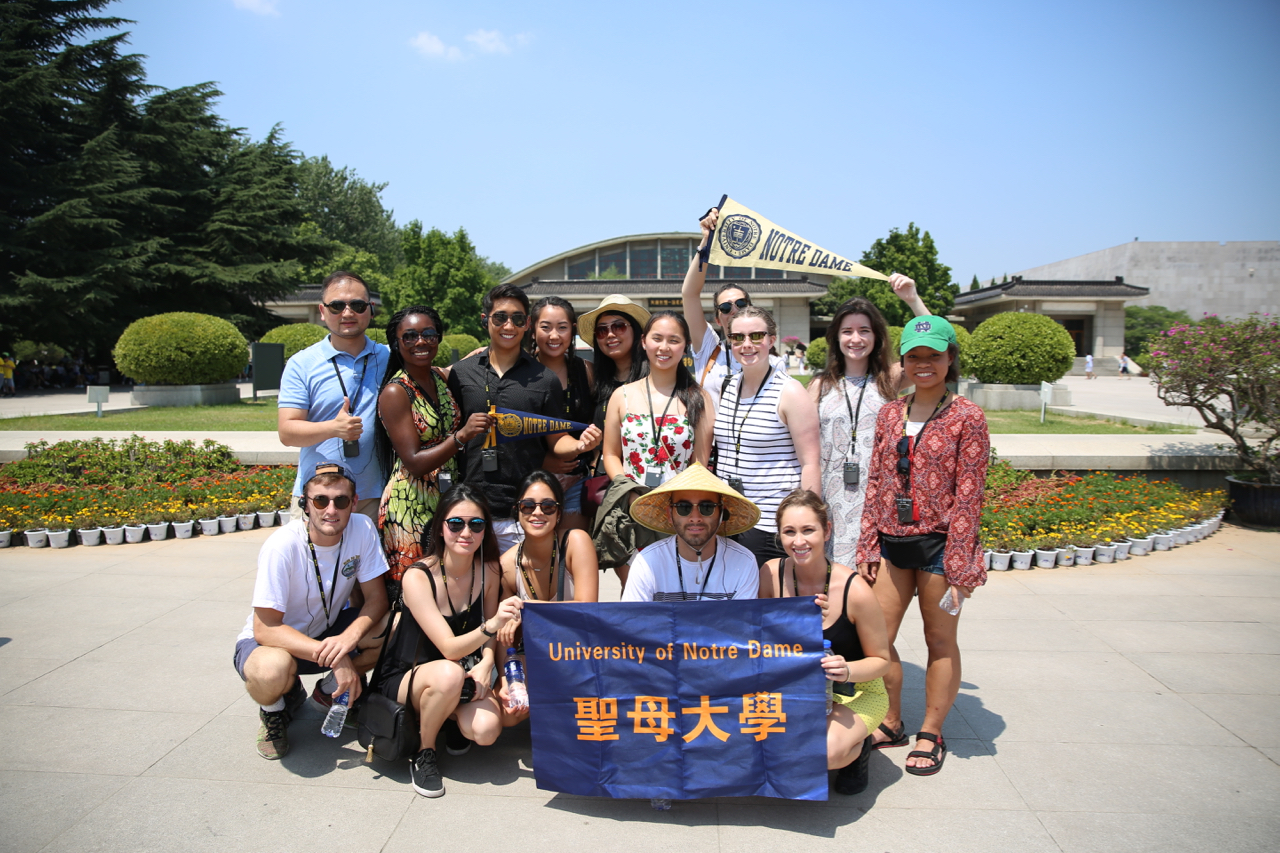
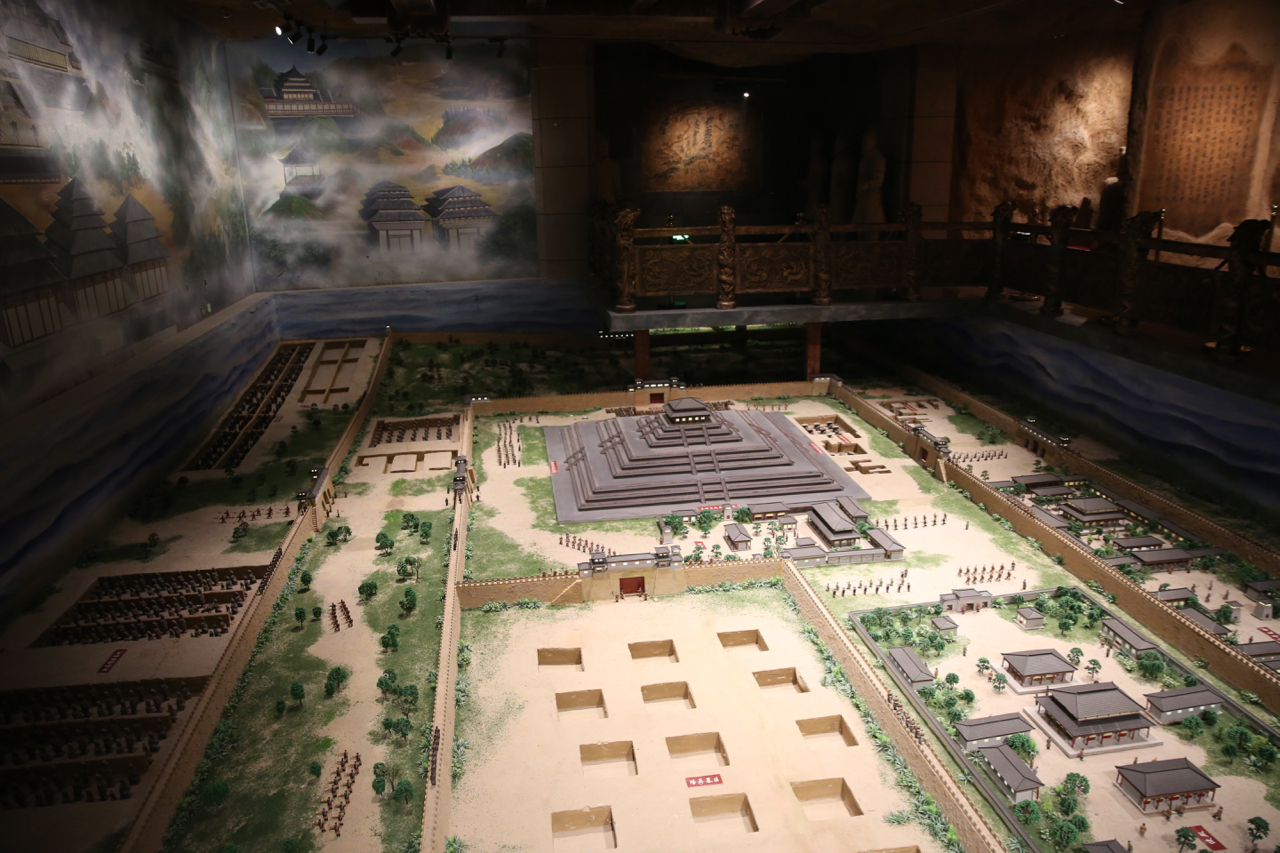
We also had the opportunity to bike along the Xi’an city wall. In ancient China, most cities had walls enclosing the main city to serve as protection from invaders and other outsiders, but today many have been destroyed or knocked down. Xi’an’s is one of the oldest, largest, and best-preserved city walls. It took a couple of hours to bike the entire length of the wall, along which you could see many ramparts, ancient watchtowers, and one “archery tower” which provided protection to one of the gates of the wall. In ancient times, the wall had a moat, drawbridges, watch towers, corner towers, parapet walls and gate towers; today, some of these features have been removed or decayed. Regardless, the ride was a really incredible time to imagine the history of the city while observing the new modern buildings and construction inside the walls – as well as get my body moving and enjoying a truly beautiful day in the city!
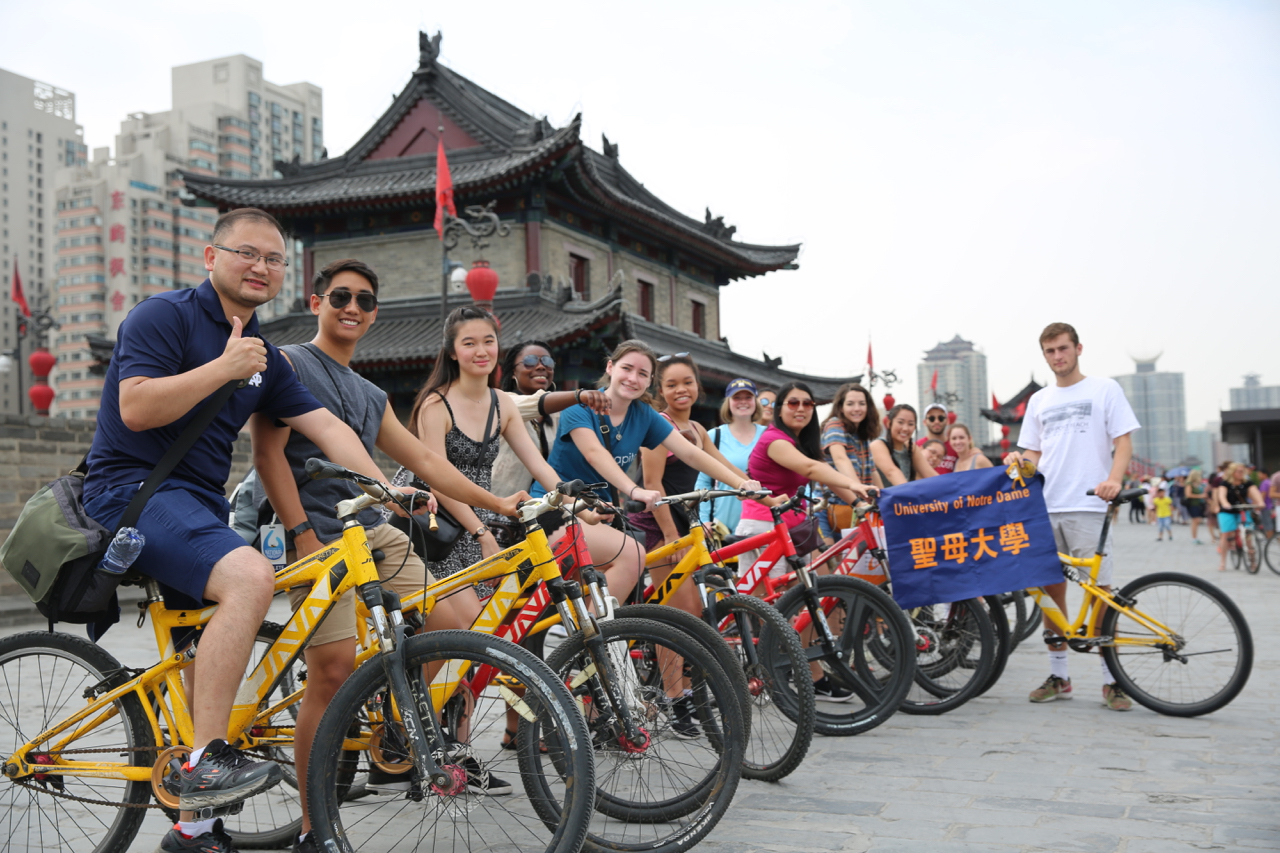

In true Chinese fashion, every meal was a big and communal. My classmates and I joke that we didn’t have time to feel hungry for even a moment on the trip, since we were always given so much good food! We got to try many traditional Xi’an and Chinese dishes, including mutton soup and biang biang noodles. Before eating the mutton soup, you are given two pieces of flatbread which you must then tear into hundreds of small pieces, to which the server adds a special meat and broth. The bread absorbs the broth, and you are left with a special and extremely tasty stew! Biang biang noodles are also a famous, special treat – they are thick, belt-like noodles that are specially made in Xi’an. The “biang” character is the considered the most complex in the Chinese language, and most Chinese people do not know how to write it! My favorite fact about these tasty noodles is why they were named – according to our server at the noodle restaurant we tried, they are called “biang biang” because that is the sound that can be heard as the noodles are being flapped and stretched as they are created, as well as when they are being slurped up and enjoyed by hungry people like our group!
I feel so lucky to have had the opportunity to get out of Beijing and explore a different side of China with my classmates. I am constantly fascinated and impressed by the vast history of this country, as well as modern developments; my weekend in Xi’an was a fantastic opportunities to explore both new and old Chinese culture.